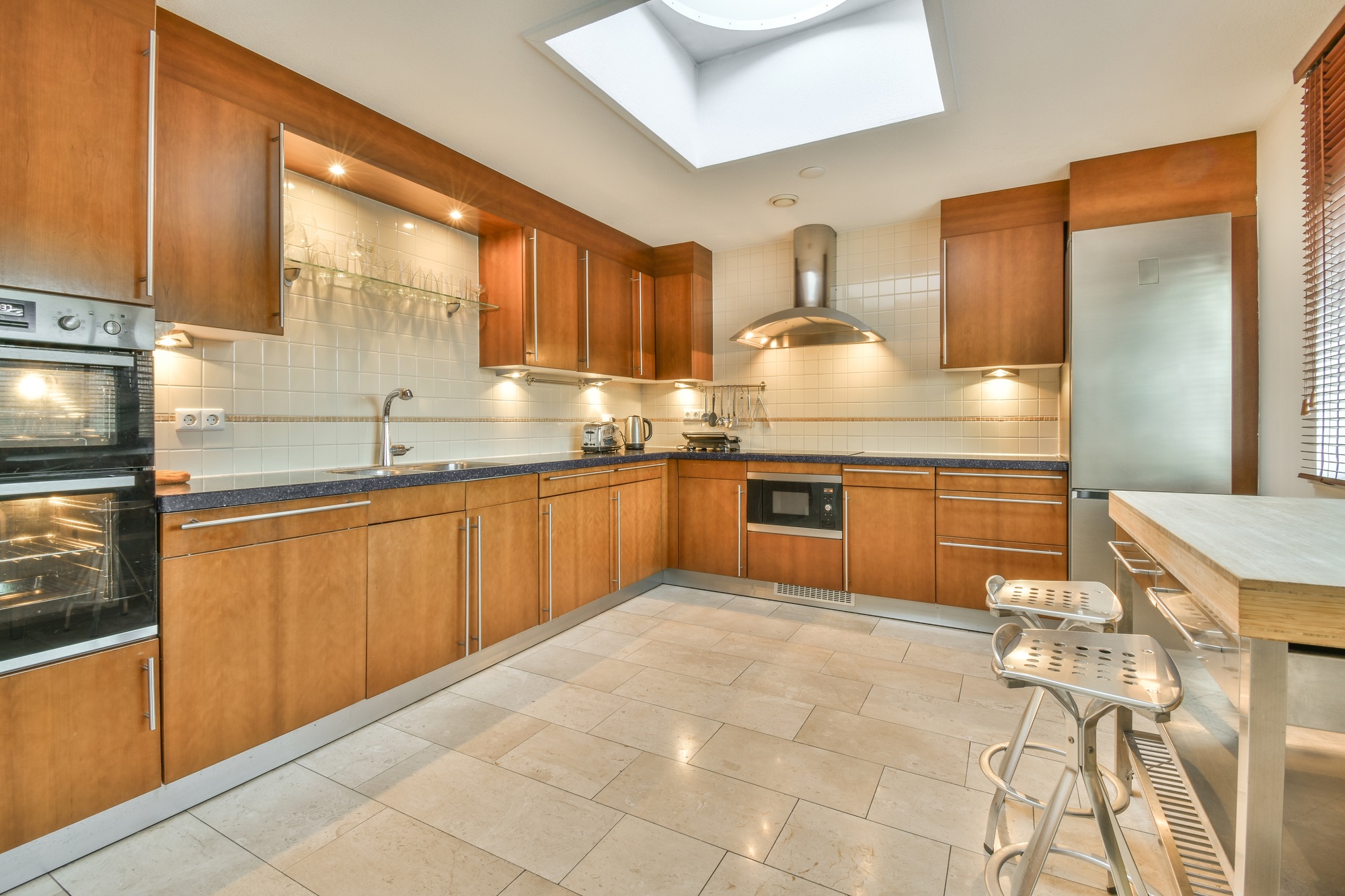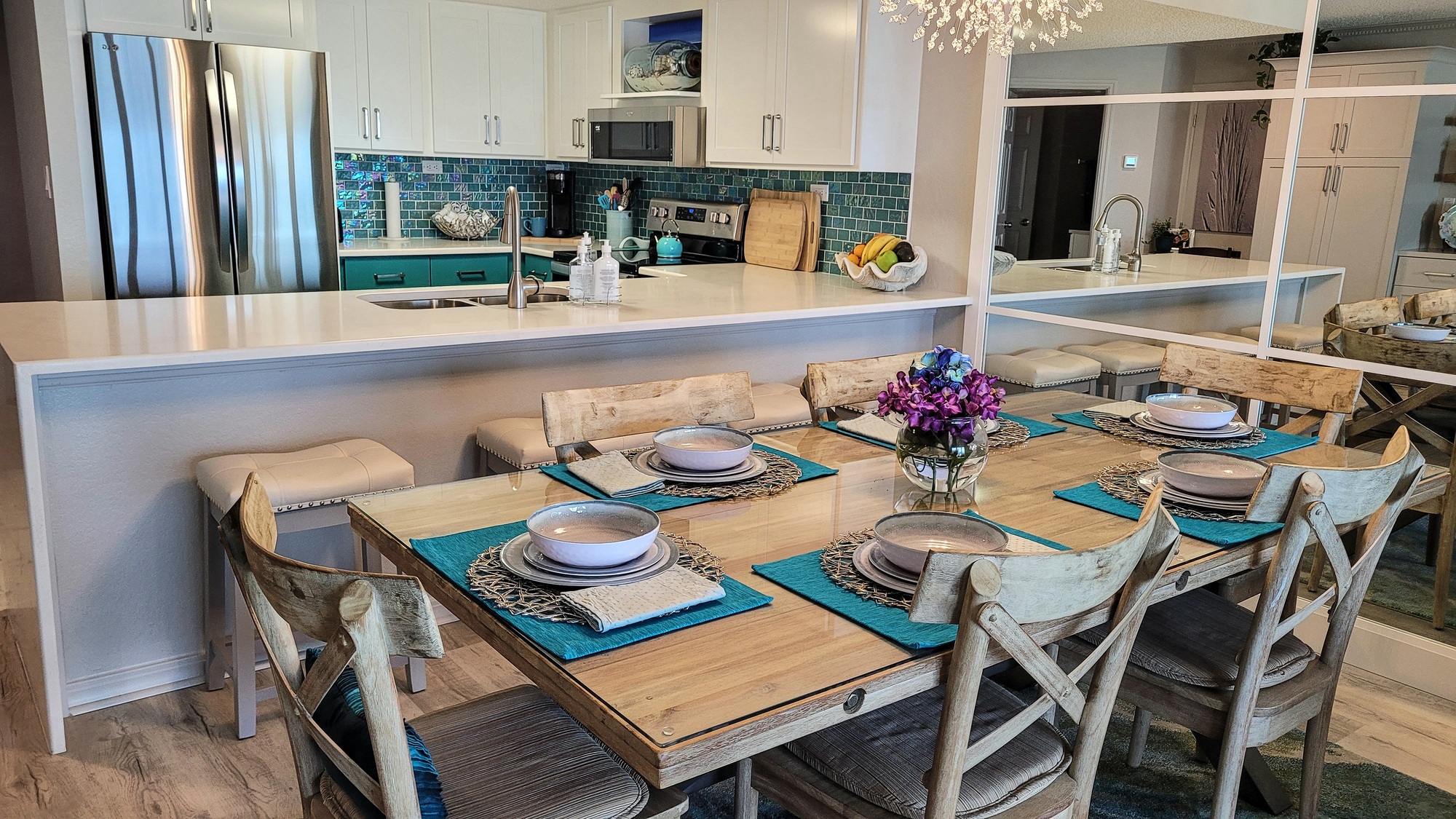Minimalist living is more than just a design aesthetic; it’s a lifestyle choice that prioritizes simplicity, clarity, and peace. By embracing minimalism, you can transform your home into a serene retreat that promotes well-being and efficiency. This blog explores practical tips for decluttering your space and incorporating minimalist design principles, helping you to achieve a more organized, tranquil, and meaningful living environment.
Decluttering: The First Step to Minimalism
1. Start Small
Begin your decluttering journey with a small, manageable area. Tackling a single drawer or shelf can provide a sense of accomplishment that motivates you to continue.
2. Adopt the Marie Kondo Method
Ask yourself if each item “sparks joy.” This famous criterion from organizing consultant Marie Kondo encourages you to keep only the things that truly matter, letting go of the rest.
3. Follow the One-In-One-Out Rule
For every new item that enters your home, let go of another. This practice helps maintain balance and prevents clutter from accumulating.
4. Digitize Where Possible
Reduce physical clutter by digitizing documents, photos, and other paper items. However, remember to back up digital files securely.
5. Donate and Recycle
When decluttering, consider donating items that are still in good condition. Recycling or responsibly disposing of items is also crucial to minimize waste.
Minimalist Design Tips
1. Embrace Neutral Colors
Minimalist design often features a neutral color palette. Whites, beiges, and grays create a calm, cohesive look that serves as a perfect backdrop for a few carefully chosen accents.
2. Choose Quality Over Quantity
Invest in high-quality furniture and decor that stand the test of time. Minimalism focuses on essentials, so each piece should be both functional and meaningful.
3. Maximize Natural Light
Allowing plenty of natural light to flow through your space can make it feel more open and airy. Use light window treatments or remove them altogether to brighten up your home.
4. Incorporate Textures
While minimalist design tends toward simplicity, adding textures can add depth and warmth. Consider a plush rug, linen curtains, or wooden accents to bring life to neutral spaces.
5. Functional, Yet Beautiful Storage
Storage solutions are key in a minimalist home. Opt for pieces that hide clutter while contributing to the overall aesthetic, such as sleek shelving units or multi-functional furniture.
6. Leave Space Around Items
Resist the urge to fill every nook and cranny. Allowing space around your furniture and decor can make your home feel more open and peaceful.
Embracing minimalist living isn’t about living with as little as possible but finding contentment and clarity by simplifying your surroundings. Decluttering is the foundation, creating space not only in your home but in your mind. Through thoughtful decluttering and minimalist design, you can create a home that reflects your priorities, promotes well-being, and provides a sanctuary from the chaos of the outside world. Let 2024 be the year you transform your space into a minimalist haven.








